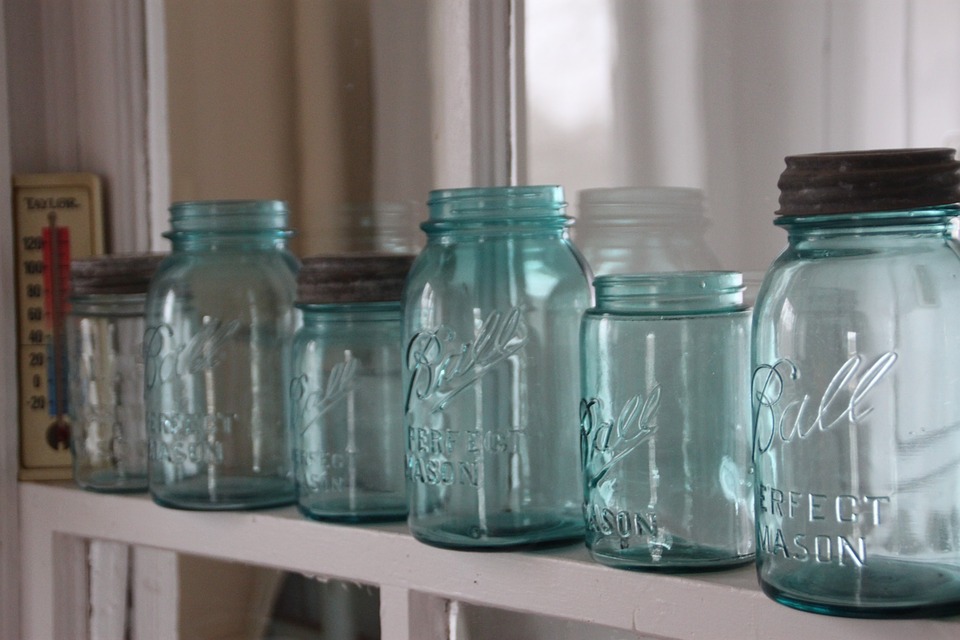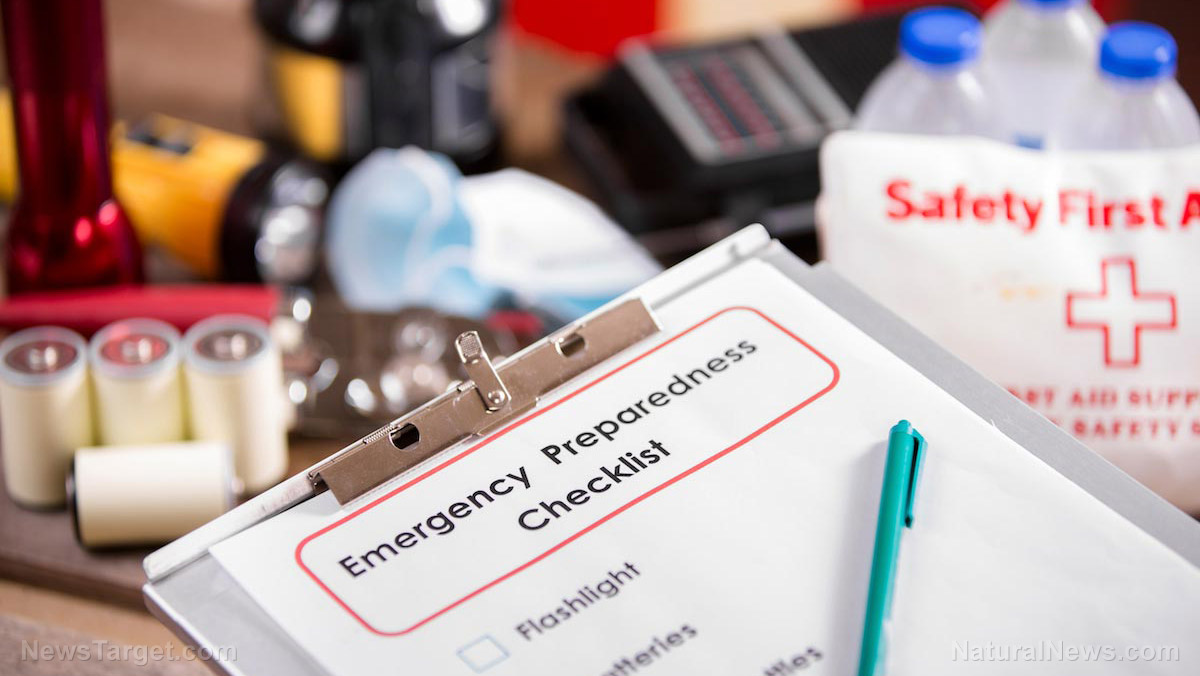Do you know how to prepare your home for a pandemic or outbreak?
01/26/2019 / By Mary Miller

It is often easy for preppers to take precautions against physical threats that they can see coming, such as hurricanes and fires. However, it tends to be far more difficult to anticipate invisible threats, such as viruses and bacteria. Because of this, infectious diseases can easily spread throughout crowded places, such as large cities and urban areas. How will you adequately protect yourself and your family in the event of a massive outbreak or pandemic? When SHTF, you will need to be ready to avoid the spread of infection. You can prepare your home for a quarantine by following this simple guide. (h/t to TheSimplePrepper.com)
Setting up a quarantine room
If you or any of your family members gets infected with a contagious disease, you will need to set up a quarantine room to prevent unwanted contamination. The first thing you will need to do is to designate a room. Preferably, this should be as isolated from the rest of your home as possible and it should have its own bathroom. You wouldn’t want the patient to share toilets with anyone else in your home. One of the easiest ways to spread infection is through contact with bodily fluids. However, the point of the quarantine room is to contain the germs and bacteria to that specific area as much as possible. You can do this by using plastic sheeting to block the air flow from the quarantine area. This creates an extra barrier between the quarantine room and the rest of your home that is still accessible to everyone else. Simply use duct tape to suspend the plastic sheets from the top of the door to the quarantine room.
Setting up a sanitation station
Now that you have a contained quarantine room, your top priority should now be sanitation. Anything that enters or exits the quarantine room should be sanitized with bleach or a disinfectant. In extreme cases, infected items will have to be disposed. This may involve burning the contaminated materials. Use antibacterial wipes and disinfectants to clean up any infectious body fluids or liquids. Stock up on plenty of hand soaps and hand sanitizers to keep your hands clean when taking care of the patient. You might also want to make use of protective gloves and face masks. Once the quarantine is over, you will then need to sanitize the entire room with bleach. (Related: Here’s a list of pandemic supplies to stock up on for your quarantine room.)
Setting up a waste disposal system
Dispose of any hazardous materials using specially marked biohazard bags. They are much thicker than regular black trash bags and can identify the biohazards they contain. If the patient needs to vomit, use emesis bags to limit the contagion. They have specially designed wide mouth receptacles and sealable openings for convenient use. If the patient is unable to leave the bed, use bed pans and commodes to dispose of bodily waste and fluids. Make sure you stock up on plenty of soap, toilet paper, and towelette wipes. You may even want to make use of cat litter to help contain the sewage and absorb unwanted odors.
Preparing food and water
Assign a set of dishes and utensils to be exclusively used by the patient. Even when washed, they should be kept separate from all the other utensils in the kitchen. You might also want to avoid going outside unnecessarily. If it is possible, try to stock up on at least two weeks up to a month’s worth of nonperishable food and clean water for yourself and/or your patient. It is recommended to have access to at least two gallons of water per person, per day. Keep your patient hydrated with plenty of electrolyte drinks.
Learn more tips on how to stay prepared for pandemics and disease outbreaks by going to Preparedness.news.
Sources include:
Tagged Under: flu survival, infectious diseases, influenza, outbreak, pandemic, preparedness, prepper, prepping, quarantine, SHTF, survival, survival skills, Survival Tips, survival tools, survivalist



















